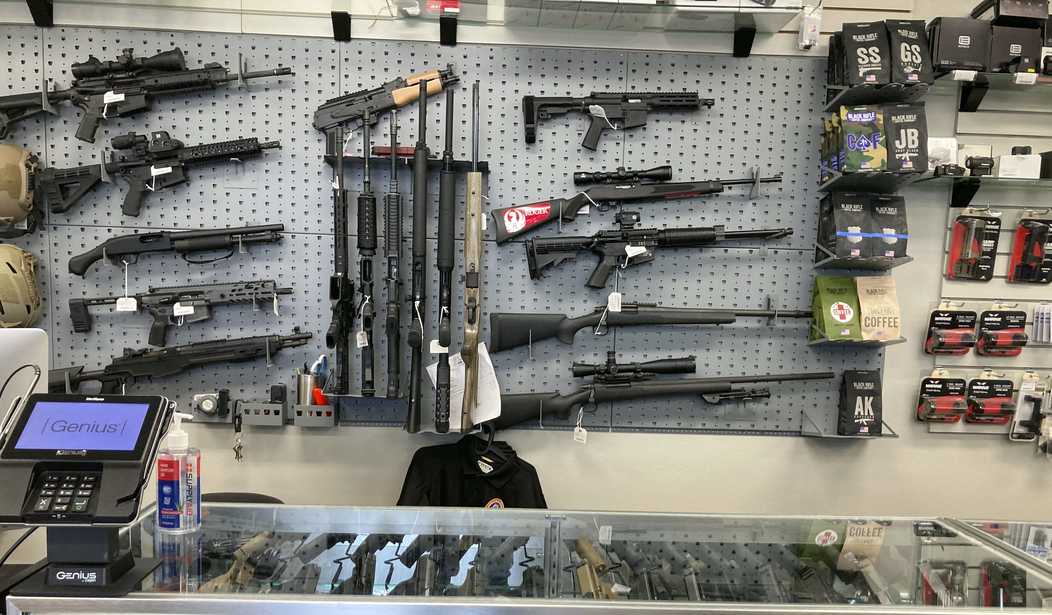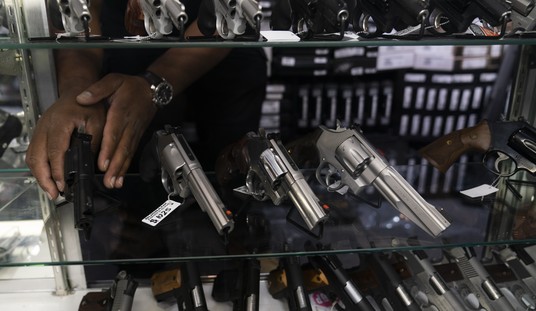President Joe Biden campaigned heavily during the primary on his record of gun control success. In fairness to him, he wasn’t making it up. He was behind both the Brady Bill and the 1994 Assault Weapon Ban. In anti-gun circles, that’s an impressive record.
Now he’s in office and he’s trying to deliver on that promise.
However, what we’re not seeing from him is anything particularly new. Instead, we’re seeing is just failed history repeating itself.
We’ve been on repeat for nearly 30 years now, with Biden’s new suite of firearms proposals just the latest remix. The president knows. He was there when the template was set in 1994 with the federal weapons restrictions he helped pass as a senator. The legislation was part of an enormous crime bill approved with bipartisan support—the same legislation Biden spent much of 2020 atoning for because of its increased federal prison sentences for drug offenders.
The “assault-style weapons ban” component was passed in response to a series of mass murders, particularly the 1991 massacre that left 23 dead at a Luby’s Cafeteria in Central Texas. But what advocates believed was strong public demand for federal restrictions on semiautomatic weapons and ammunition capacity was a mirage. While voters were indeed alarmed about the crime wave of the era—New York City had 2,245 murders in 1990 compared with 462 last year—the weapons limits immediately turned into a political liability for their proponents. This was the beginning of the two-decade heyday of the National Rifle Association and, as it was with many issues at the time, a sharp turn toward partisan orthodoxy.
The NRA’s opposition to the ban helped Republicans retake the House later that year, and both parties quickly absorbed the lesson. Republicans became Second Amendment fundamentalists and Democrats in red states and swing states learned to shut up about firearms—when they weren’t being openly supportive of gun rights. When subsequent mass murders, like the 1999 Columbine High School killings in Colorado, were carried out with weapons that were legal under the restrictions, it further undermined the case for the ban. Unlike the harsh new sentencing rules in the 1994 law, there was little evidence to support that restricting such firearms had reduced crime of any kind. The ban was allowed to expire in 2004.
After that, the gun debate became a grim series of reruns. In the wake of a mass shooting, gun-control advocates would call for a resumption of firearms restrictions and propose new controls at the edges—more background checks, etc.—but found few takers. Democrats were happy to accept the votes and contributions of gun-control proponents but avoided substantive action. In 2013, then-Senate Majority Leader Harry Reid scuttled gun legislation supported by then-President Barack Obama in response to the Sandy Hook Elementary School massacre as their party faced a challenging Senate map for 2014. Reid likely acted too late to avoid the consequences. Three of the five Senate Democrats who lost their seats that year had backed a failed effort to expand background checks before Reid pulled the plug.
Right now, Democrats believe they have a mandate from the public to do all this stuff all over again, but like before, it’s a mirage. When you look at the questions pollsters ask, it’s clear that these polls are banking on voters’ ignorance of existing gun laws. Asking about “gun show loopholes,” for example, when there’s no such thing.
What’s going to happen is anything that gets passed will come back to bite them in the midterms.
In fact, don’t be surprised if the mere threat is enough to get them hammered, though I’m not going to swear that to be the case. We’ll have to see.
Still, this is very much a retread of the past. The question is whether Democrats will actually learn from it or will history repeat itself? We’re actually better off if the Democrats learn because then we’re not stuck with gun control laws.
We’ll just have to wait and see, though. So far, they haven’t show any evidence of learning taking place.








